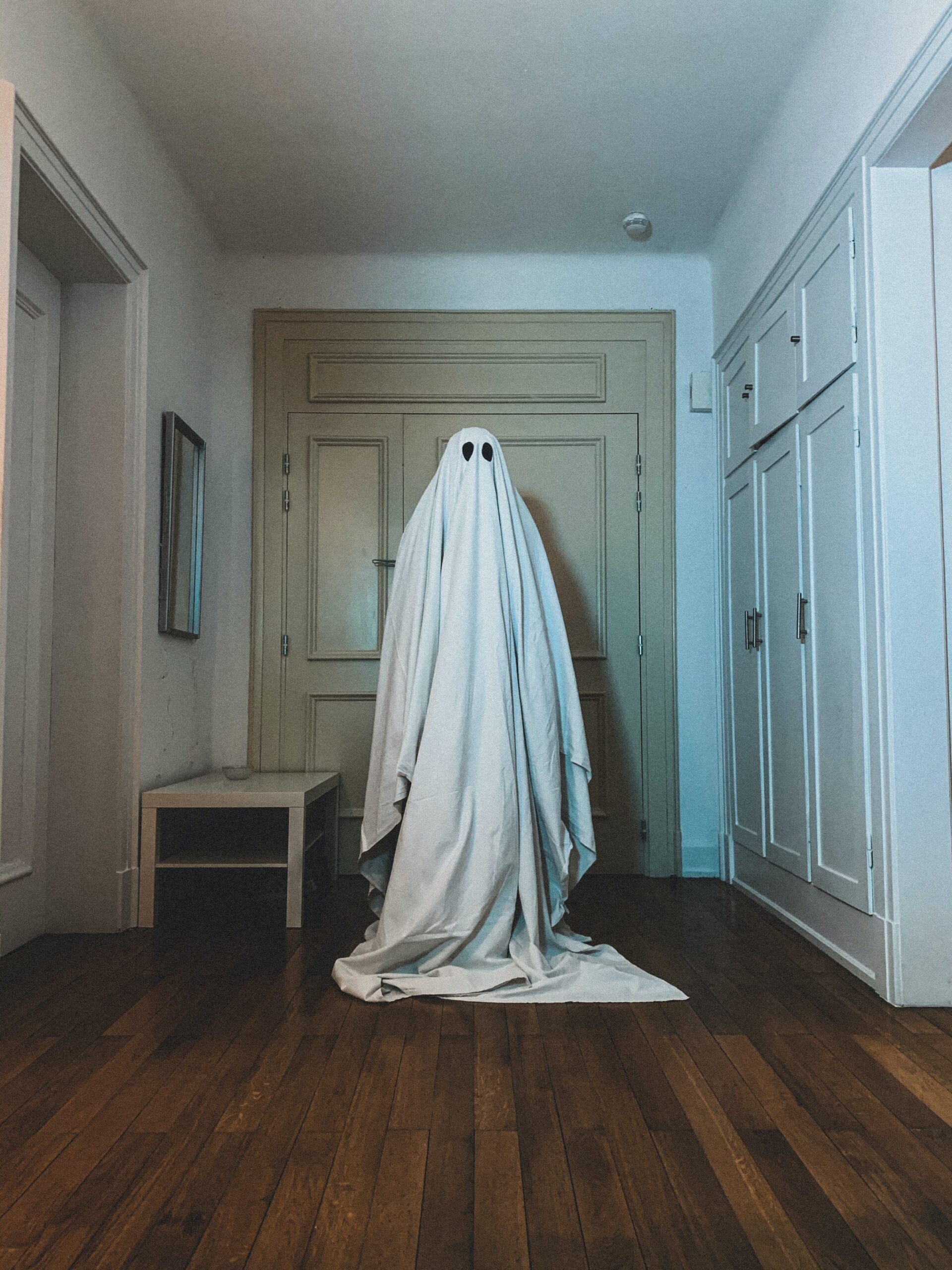On March 24–26, 2022, the Association of Writers and Writing Programs (AWP) Conference came to Philadelphia. AWP is the yearly conference for all English-obsessed people: writers, teachers and students, editors and publishers of all things creative writing. I attended the conference as a West Chester University graduate student representative for the Creative Writing program.
Upon checking the schedule for the weekend, I found myself drawn to one panel in particular: “The Literary Ghost Story: The Power of Haunted Fiction.” As someone who has grown up loving Halloween and all things that go bump in the night, I knew I had to base my schedule around attending this panel.
The ghostly panel was hosted by Joy Baglio, and featured other writers Sequoia Nagamatsu, Amber Sparks and Yohanca Delgado. The four writers shared their experiences tackling themes of ghosts and hauntings — both literally and figuratively — in their works. Most people hear the word ghost and think of spirits and demons cloaked in a white or transparent sheet. However, ghosts can be defined in the dictionary as “the seat of life or intelligence,” or as simply as a “disembodied soul,” ideas which the panelists dove into.
Ghosts can be living, or ghosts can be the shadowy beings as we know them. “I like ghosts as the facet of everyday,” Amber Sparks said. “It’s just another way of existing on the earth.” The idea that ghosts are all around us going about their daily mundane tasks gave me a sense of peacefulness when thinking about a subject typically so haunting. Ghosts, in this sense, could refer to the simple act of people going about their lives having nothing to do with death or haunts at all. Sequoia Nagamatsu reflected on this theme as well: “We are all ghosts after two and a half years of Covid.” I hadn’t thought of the idea of any living being serving as a ghost, but when put into perspective of the pandemic, it was easy to see the “seat of life” definition come into play.
Nagamatsu continued on a more haunting note, “Ghosts equal possibility spaces . . . children are able to be children and have space to do so — they didn’t have that [before death] and now they do.” With this thought, the afterlife became a new world to relive days and activities that the deceased never had a chance to complete; “The Land of the Dead,” as Nagamatsu put it. “The ghost world is a place individuals and readers can reflect on previous mistakes and previous losses and come to a catharsis.”
After discussing what ghosts meant to each writer, the panel switched focus to ghosts as themes and characters in fiction. “Ghosts allow us to look at something that is very much a concern of the physical world,” Delgado stated. By using ghosts as a theme in fiction, readers can connect issues in reality to hauntings around them; ghosts can be used as symbols and signifiers. Joy Baglio then brought up the question of “what is haunted versus what is haunting?” and answered that the whole idea is vague and nuanced. “What does the ghost want? What is the thing that’s being worked out? There’s a stubbornness involved in being a ghost . . . we could be ghosts in a lot of ways; in ways we refuse things,” Baglio continued. Ghosts can quite literally take on a faint shadowy form and give meaning to whatever is desired.
In dealing with the subject of permanence in fiction, Delgado offered, “the ghosts are asking us to revise or look again at something… they will come back for us if we don’t do it right the first time.” All of these ideas lead to the true question of what haunts us as readers. When we read a ghost story, we’re looking to be spooked. But when we read a story with a ghost in it, we begin to question ourselves and look deeper into our own subconsciousness.
Among the attendants was Deedle Tomlinson, cofounder of New York Writers Workshop, who gave insight into his own background and what ghosts mean to him: “I’m from the Philippines, and over there it’s more like, who doesn’t believe in ghosts? The belief in the afterlife and otherworldly creatures is very strong in my culture.” He went on to discuss connections spirits may have with physical objects on the Earth, such as water. This is an idea that I’ve wondered about for years, as well; there must be something to tether the spirits to our world.
As an avid reader of ghostly stories, I was thrilled when a list of suggested books was passed around. Titles included The Turn of the Screw (Henry James), Lincoln in the Bardo (George Saunders), Beloved (Toni Morrison), and Wuthering Heights (Emily Bronte). I’ve read a few ghost stories myself and can attest that among my favorites are Ophie’s Ghosts (Justina Ireland) and How to Hang a Witch (Adriana Mather).
The panel concluded with a writing prompt from Baglio: “Invent an object and give it a haunted identity.” I encourage anyone with a spooky passion for the unknown to give it a shot. Boo!
Devon West is a second-year English Studies graduate student on the Creative Writing Track. DW857311@wcupa.edu


[…] The Land of the Dead: An AWP Reflection on Literary Ghosts Quad […]